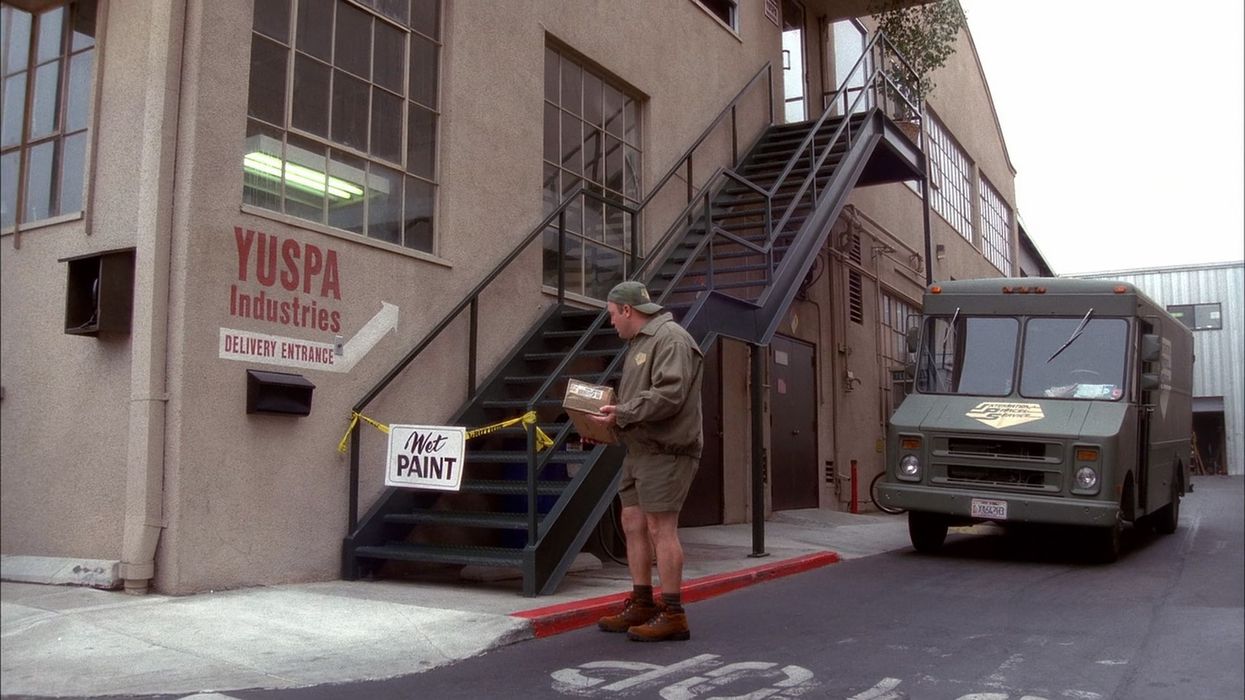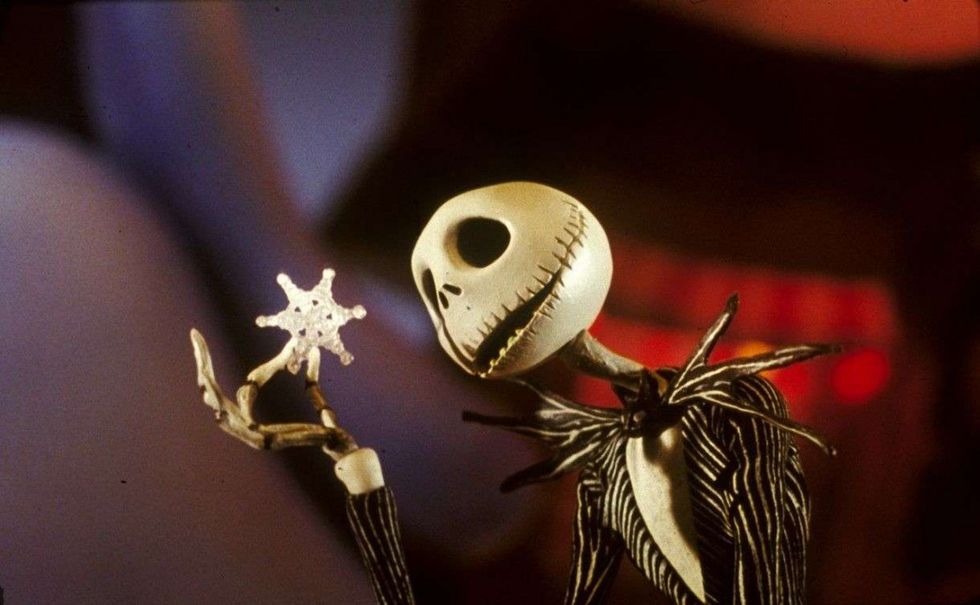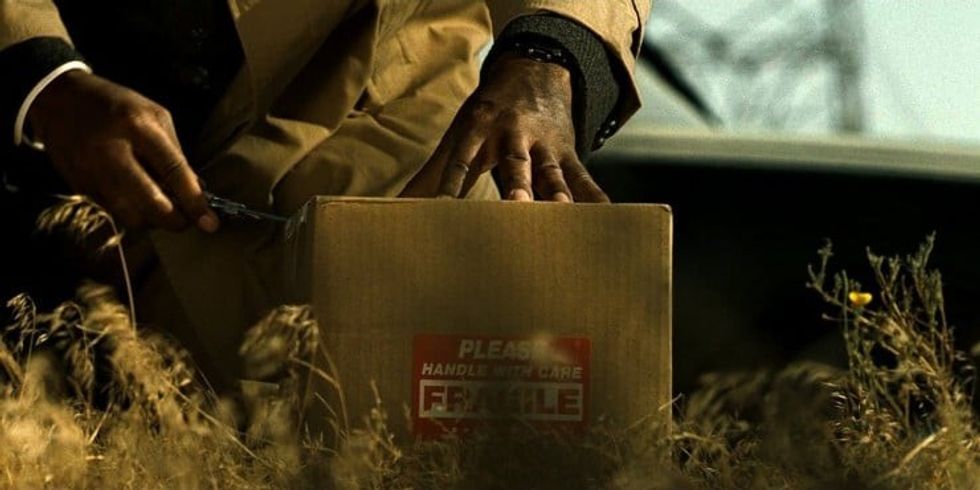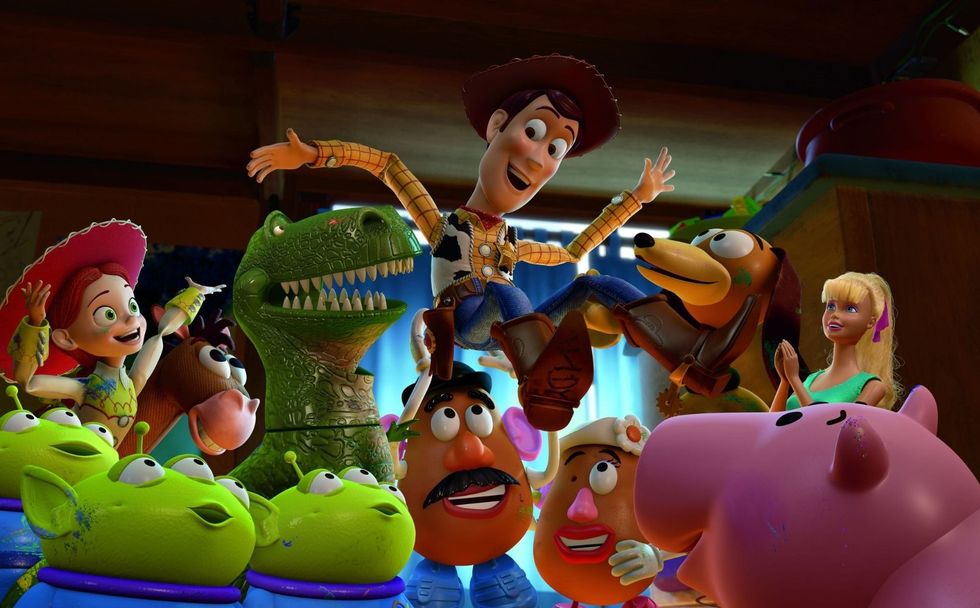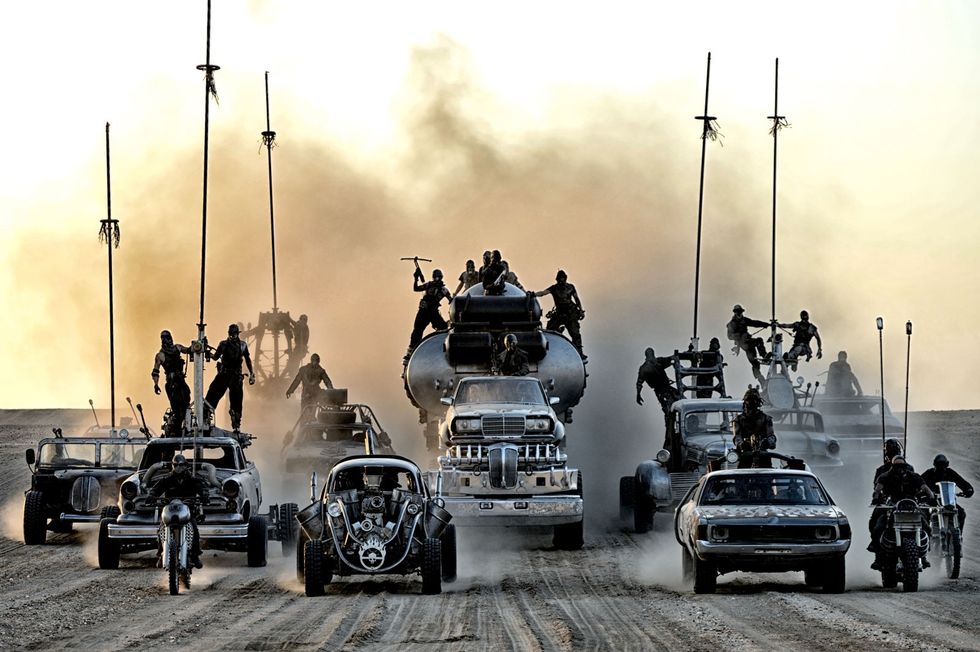Watch: 'Breaking Bad' Shows You How to Write the Perfect TV Pilot
Here's proof that 'Breaking Bad' had the best pilot ever—and how you can emulate its success.
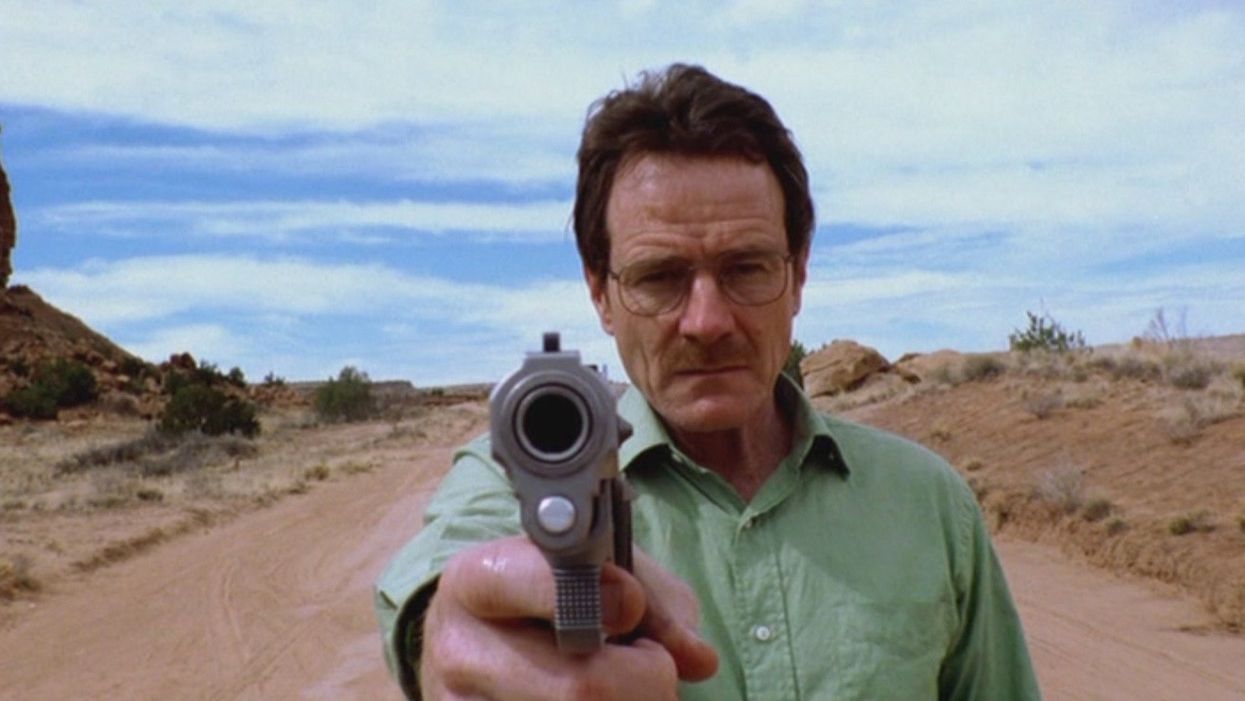
Breaking Bad is as cinematic as television gets. With innovative camerawork, epic editing, astounding performances, and, most of all, incisive and poignant writing, Vince Gilligan's character-driven series shattered the precedents of peak TV.
In a new video essay from Lessons from the Screenplay, Michael Tucker breaks down just what makes Breaking Bad the perfect pilot. According to Tucker, a pilot has to "introduce the main characters, set up the world of the show, and tell enough of a satisfying story that an audience is entertained and wants to come back for more...in 57 pages."
The pilot contains structural elements that help construct the world: a teaser and four acts. In any pilot, the teaser should be a "surprising and puzzling" opening scene into which high stakes are quickly introduced. In Breaking Bad, it's watching a gas mask-wearing Walter White crash his RV into the desert and emerge from it in his underwear, bearing a gun.
Next, Act 1 shows us a "day in the life" of Walt as he navigates his passionless home life and frustrating, unfulfilling work life, including a second job at a car wash, a source of deep embarrassment for White. All of this begs the question: what's missing in Walt's life? In an interview, Gilligan states that you don't have to love Walter White; you simply have to understand why he's making the decisions he makes. The Breaking Bad pilot shows us that Walt is powerless, passive, diplomatic, and despite being a brilliant chemist, is constantly demeaned. "He longs for control and purpose, but lacks both," says Tucker.
At the end of Act 1, Walt collapses. This is the show's inciting incident—the catalyst that shatters the status quo and sets the rest of the story into motion. (For detailed breakdowns of Acts 2 through 4, watch the video. We promise it's worth your time.)
And if you want to dive even deeper into the craft at hand, read the Breaking Bad pilot here.
Source: Lessons From The Screenplay
